The white lion stands as one of nature's most breathtaking anomalies—a creature so rare that its very existence feels like a whispered secret among the savannas. Unlike their tawny counterparts, these pale-furred felines are not albinos but the result of a recessive genetic mutation known as leucism. This genetic quirk suppresses pigmentation in the fur while leaving the eyes and skin untouched, giving white lions their ghostly beauty. Found predominantly in the Timbavati region of South Africa, they have been woven into local folklore for centuries, revered as celestial beings or omens. Yet scientifically, they are a fascinating case study in how recessive genes can persist against staggering odds.
For decades, the white lion was dismissed as a myth by the scientific community. It wasn’t until the 1970s, when conservationist Chris McBride documented a pride in Timbavati, that their existence was formally acknowledged. The discovery ignited debates about their origins—were they a fluke of nature or a deliberate design? Genetic testing later confirmed that white lions inherit a double recessive allele (a variant of the same gene from both parents) responsible for their coloration. This makes them exceptionally rare; two tawny lions carrying the recessive gene must mate to produce a white cub, an event with statistically slim odds in the wild. Inbreeding in captivity has increased their numbers artificially, but wild-born white lions remain vanishingly scarce.
The cultural significance of white lions adds another layer to their mystique. In African traditions, they are often seen as spiritual guardians. The Shangaan people believe these lions are messengers of the gods, embodying purity and divine power. European colonizers, meanwhile, viewed them as trophies—a perception that fueled hunting expeditions and captive breeding programs. This duality—reverence versus exploitation—has shaped their precarious status today. While some communities advocate for their protection as sacred animals, others profit from breeding them for zoos or "canned hunting" facilities. The ethical lines blur further when considering that white lions, lacking natural camouflage, struggle to survive in the wild without human intervention.
Conservation efforts for white lions are fraught with controversy. Reintroduction programs, like the Global White Lion Protection Trust’s initiative in South Africa, aim to rewild them while preserving genetic diversity. Critics argue that such projects prioritize aesthetics over ecology, as white lions’ visibility makes them easy targets for predators. Proponents counter that their unique genetics are worth safeguarding, offering insights into recessive traits and biodiversity. Meanwhile, captive breeding continues unabated, with some facilities charging exorbitant fees for photo ops or cub-petting experiences. This commercialization raises urgent questions: Are we protecting these animals or perpetuating their exploitation under the guise of conservation?
Biologically, white lions challenge assumptions about survival of the fittest. Their pale coats, while stunning, are ill-suited for stalking prey in golden grasslands. Yet studies suggest they compensate through behavioral adaptations, such as hunting at dusk or relying on the group tactics of their pride. Their resilience hints at nature’s ability to adapt even when the odds seem insurmountable. Researchers also note that the recessive gene may have persisted precisely because it doesn’t hinder survival as drastically as once assumed—a subtle reminder that evolution isn’t always about brute strength but sometimes about hidden advantages.
Today, fewer than a dozen white lions are believed to roam freely in the wild, with perhaps 300 in captivity worldwide. Their future hinges on a delicate balance between science, ethics, and cultural values. To some, they are living symbols of genetic wonder; to others, cautionary tales about human interference. What remains undeniable is their power to captivate—a fleeting glimpse of ivory fur against the African brush still feels like witnessing magic. Whether that magic can endure depends on choices made at the intersection of reverence and reason.

By /Jun 12, 2025

By /Jun 12, 2025
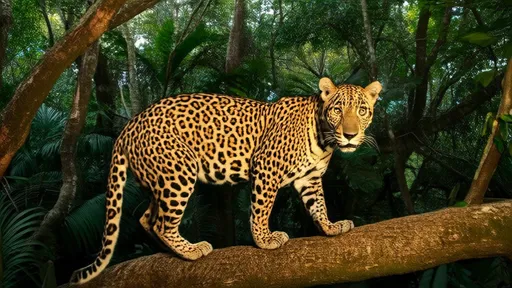
By /Jun 11, 2025
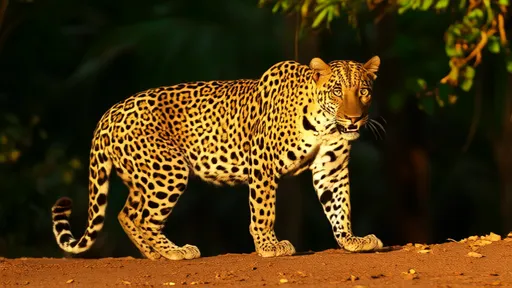
By /Jun 11, 2025
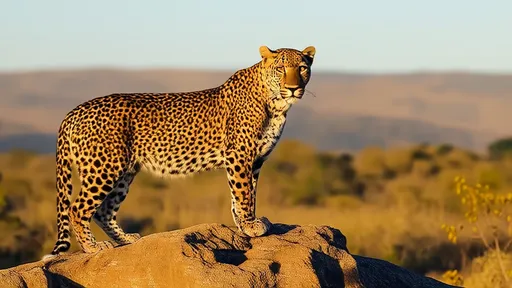
By /Jun 11, 2025
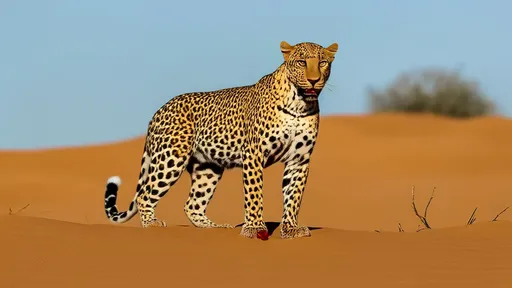
By /Jun 11, 2025
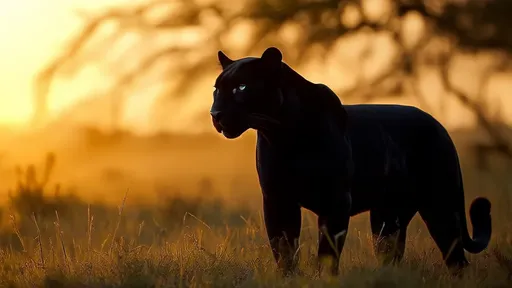
By /Jun 11, 2025
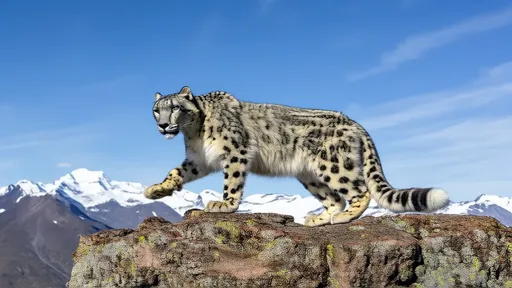
By /Jun 11, 2025
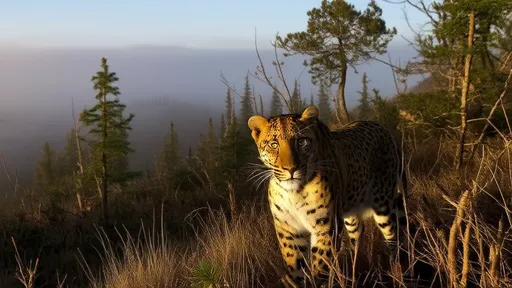
By /Jun 11, 2025
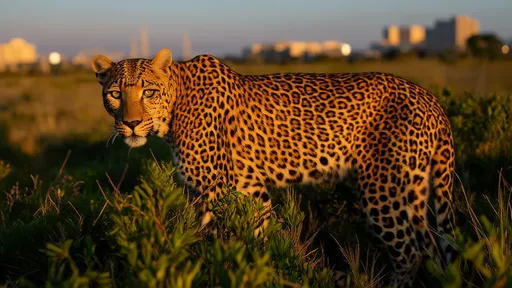
By /Jun 11, 2025
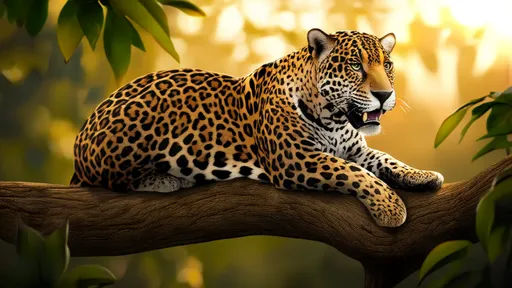
By /Jun 11, 2025
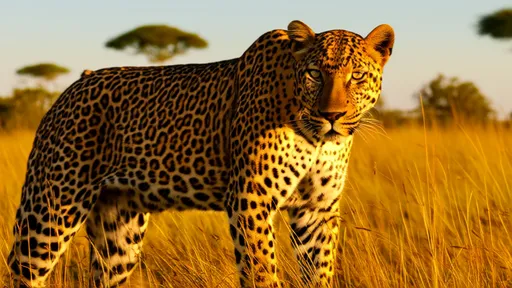
By /Jun 11, 2025
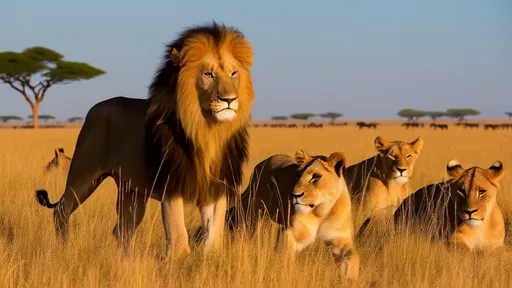
By /Jun 11, 2025
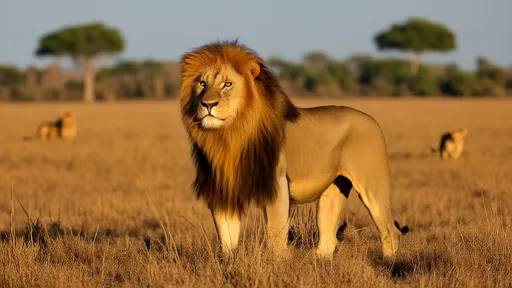
By /Jun 11, 2025
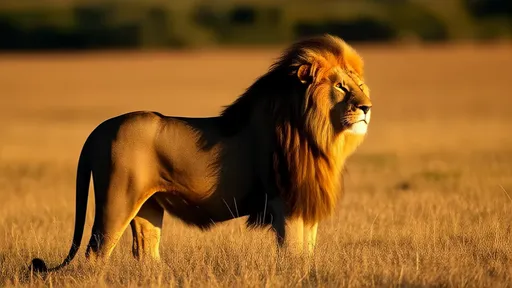
By /Jun 11, 2025
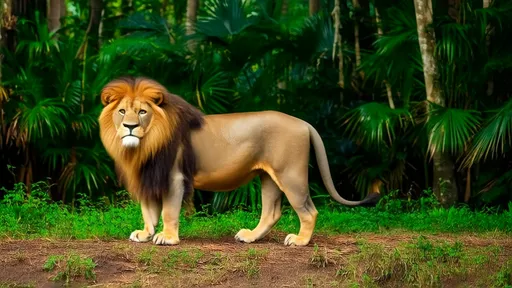
By /Jun 11, 2025
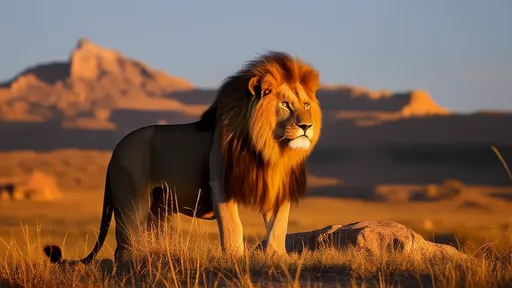
By /Jun 11, 2025

By /Jun 11, 2025
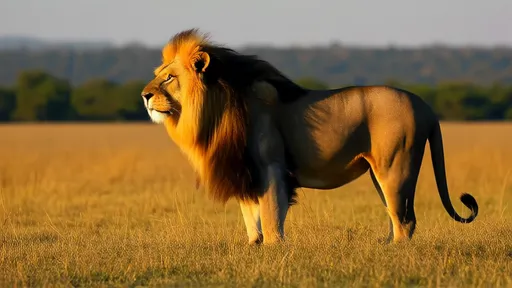
By /Jun 11, 2025
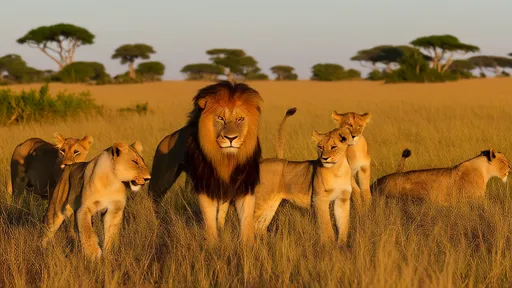
By /Jun 11, 2025